Endemic Flora of the Himalaya Hotspot
Indian Himalayas
Despite the harsh conditions, there are records of vascular plants occurring at some of the highest elevations on Earth. This zone of permanent ice and rock begins at about 5,500-6,000 meters. Of the estimated 10,000 species of plants in the Himalaya Hotspot, about 3,160 are Endemic (Endangered species found in a particular region), as are 71 Genera (A biological categorization that ranks between families and species, consisting of structurally or phylogenetically related species or a single isolated species with remarkable differentiation). Many species are found solely in the Himalayan area. The region is home to over 1,000 kinds of ferns and fern allies, including the three-meter-tall enormous rhododendron.
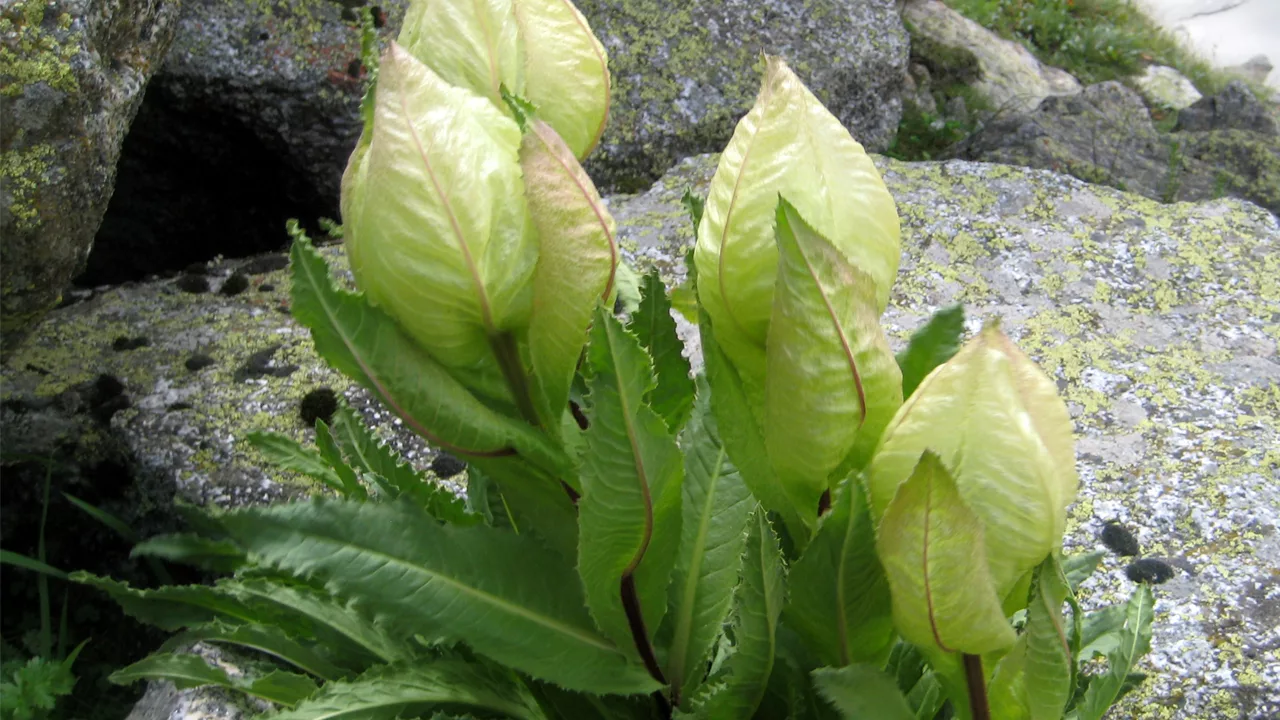
Flora of the Himalaya Hotspot
Some of the most notable endemic species are: The flora of the Himalaya Hotspot is closely related to that of the adjacent Western Chinese Subtropical Forest, with which it shares many species. Accordingly, the two regions are separated by a low mountain range in central China, and both contain a wide variety of plant communities found nowhere else on Earth. For instance the Brahma Kamal (Saussurea Obvallata). It’s a rare flower known to bloom only after sunset and just once a year in the higher reaches of the Himalayas. “The flowers, rhizomes, and leaves are especially used as an antibiotic to relieve bone pain, digestive issues, fever, and so on.
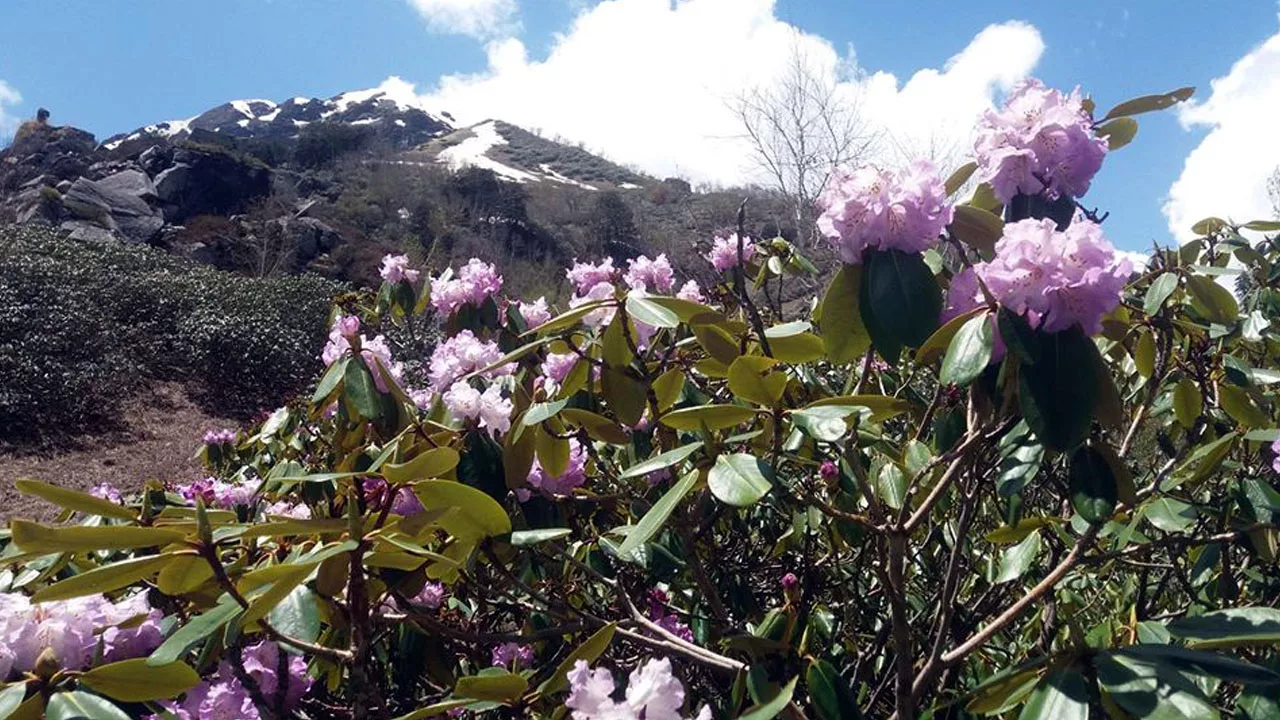
The Himalayas is home to several rhododendron species, including the coveted and protected Rhododendron Arboretum. Firstly “It is mainly used against inflammation, pain, skin ailments, common cold, and gastrointestinal disorders.” Secondly, Rhododendrons generate toxins to protect them from herbivores that feed on their leaves. According to research, the nectar of the flowers from which the honey was made is toxic.
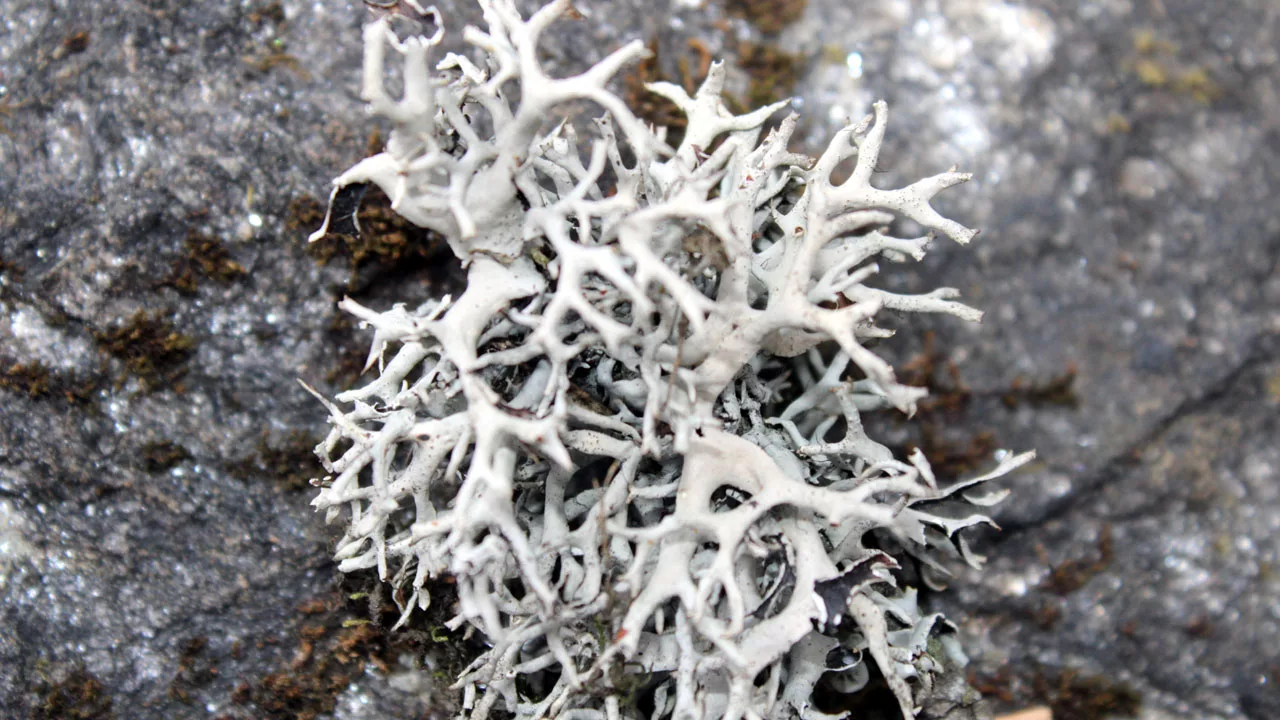
The Himalayan Hotspot is home to approximately 1,000 species of non-vascular plants, such as Lichens (Everniastrum Cirrhatum). There are also several varieties of Algae present in the area. These organisms have adapted to their extreme environment by developing new strategies for obtaining energy from the sun. Including becoming cyanobacteria that use photosynthesis like plants do but do not have roots or leaves. “Lichens are used as a spice, fragrance, dye, and in asthma and fracture treatments.”
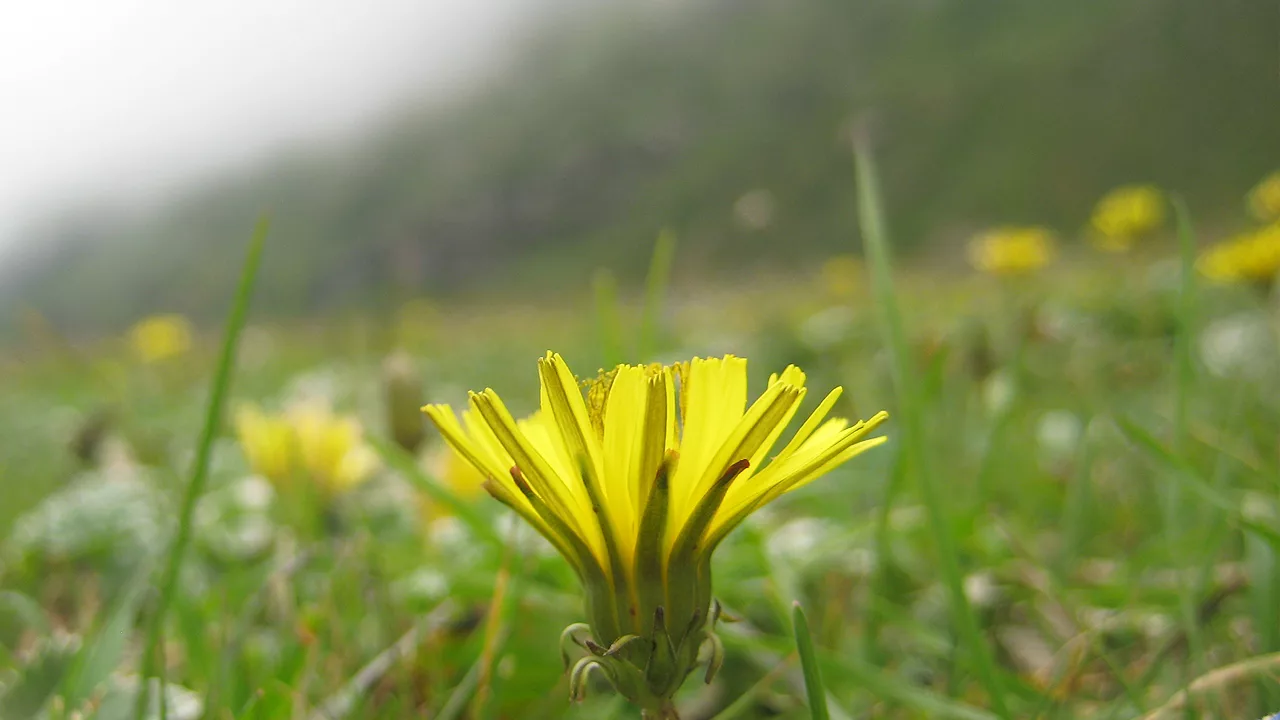
Hotspot Biodiversity
Hotspot biodiversity is estimated to be at least 5,000 species strong, and the area is home to approximately 3,160 species. The Orchidaceae family is one of the most diverse groups of flowering plants in the hotspot, with 750 known species. The hotspot also has a large number of endemic plant species, which are exclusively found here. The endangered Cattleya Skinneri Orchid and the Stenorrhynchus Diadema Fern, both of which are found only in this region of Brazil, are among them. The area is rich in endemic species, accounting for around 15% of all known plants. The hotspot also features a large number of endemic species; at least nine plant genera are only found in the Andes.
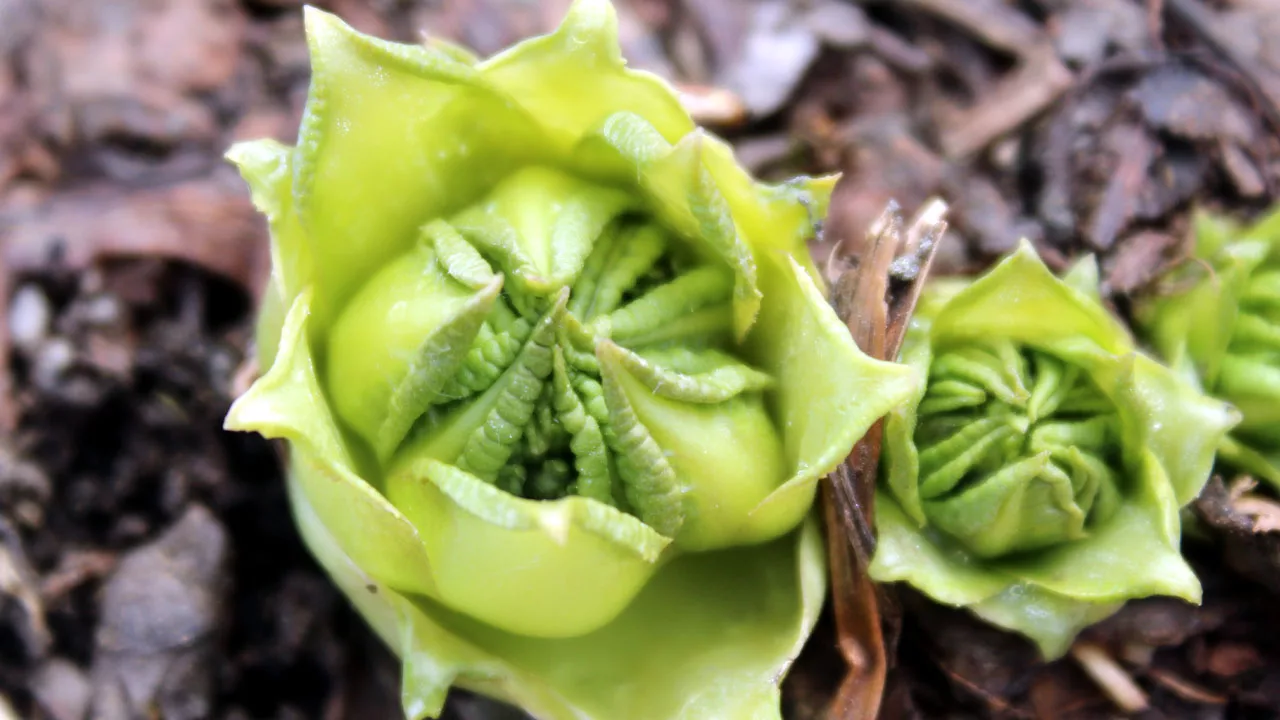
Endemic Flora of the Himalaya Hotspot
Lastly, there are many endemic plants including the critically endangered Indian Rosewood (Dalbergia Sissoo) and the threatened Sandalwood Trees. The Indian Himalaya Hotspot is also home to about 3,000 species of flowering plants that include over 1,000 Orchids.
After a recent evaluation, medicinal plant species found in the Himalayas were added to the IUCN Red List of Threatened Species.
Meizotropis Pellita (Prain) Sanjappa is also known as Patwa in Uttarakhand’s Kumaun Himalaya. It is a severely endangered perennial indigenous shrub species of the Leguminosae family.
The Himalayan Fritillary (Fritilloria Cirrhosa), often known as the yellow Himalayan fritillary, is an Asian species of herbaceous plant in the lily family found in the Himalayas.
Dactylorhiza Hatagirea (Orchidaceae) is a perennial herb that grows at elevations ranging from 2500 to 5000 m in the Himalayas. Locally, it is known as Salam Panja, Hatta Haddi, or ‘Panchaule‘ in Nepal and the Himalayas.